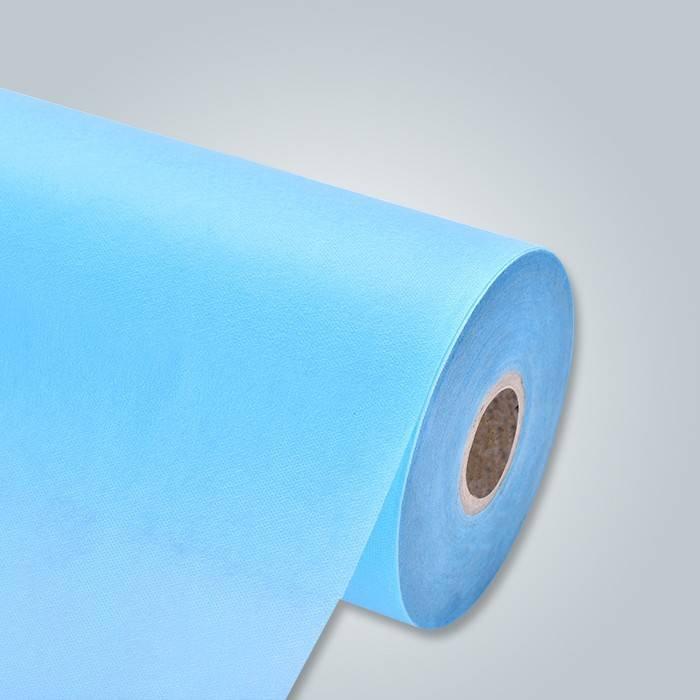Polypropylene fabric is a unique type of material acquired from a process called extrusion. It includes various stages where there’s the introduction of chemicals and exposure to heat to improve the quality to achieve a feel similar to cloth. Its structural composition makes it ideal for the manufacturing of face masks and bags. Polypropylene fabric production breaks the traditional procedure of making textiles as it aims to work in a speedy process with a high yield result. However, just like any other item, this fabric has two sides to it.
Pros.
The first and most important benefit of this fabric is it is environmentally sustainable. The chemical and molecular structure of polypropylene is easily breakable hence effective decomposing. Unlike plastic, which can stay on earth for almost 300 years, pp non woven fabric takes a maximum of 90 days to disappear. However, it is also reusable; hence one bag can serve up to 10 times without the need to throw it away. There is less environmental pollution as a small number will suffer disposal.
Additionally, the fabric is light in weight, and if it’s in the form of a bag, you can fold it and keep it anywhere. Nevertheless, it is secure to sustain weight or any other pressure in considerable amounts. Its strength is better compared to other staple fibers. Whenever it gets dirty, cleaning takes a short duration, and it dries quickly. Its water retention is minimal, making it convenient for any environment. Its repellant aspects make it conducive for the storage of items since it provides an environment that is not ideal for the growth of bacteria.

Its last and outstanding feature is versatility. Non woven polypropylene fabric can make masks and bags in a wide range of designs. Apart from the ordinary shopping bags, you can get backpacks, lunch bags, coolers, and totes. Its applicability makes it economical as compared to any fiber. Using this material does not expose you to toxins as its production is as per the FDA Food grade materials. It cannot suffer from mildew or any other form of bacteria, serving you for extended periods.
Cons.
The production of non-woven polypropylene fiber assumes a systematic arrangement of fibers making it easy to tear it up once you spot the right angle. It means that handling them requires a lot of care; otherwise, you will keep replacing them. Also, although it appears durable, the material can only sustain weight up to a limited depth. When you compare to other regular fabrics like textile cloth, its capabilities are far much lower. Lastly, when you want to clean it, you cannot employ convenient methods since the result is shrinkage, hence permanent damage. The only suitable way is hand washing, which can be a bit hectic as it requires effort. On most occasions, the stains, if any, don’t come out ultimately. More information.
Non woven fabric is one of the newest addition to the textile industries. Its inception has been positive so far. As long as you use it in consideration of its properties, it can serve you in many possible ways.
